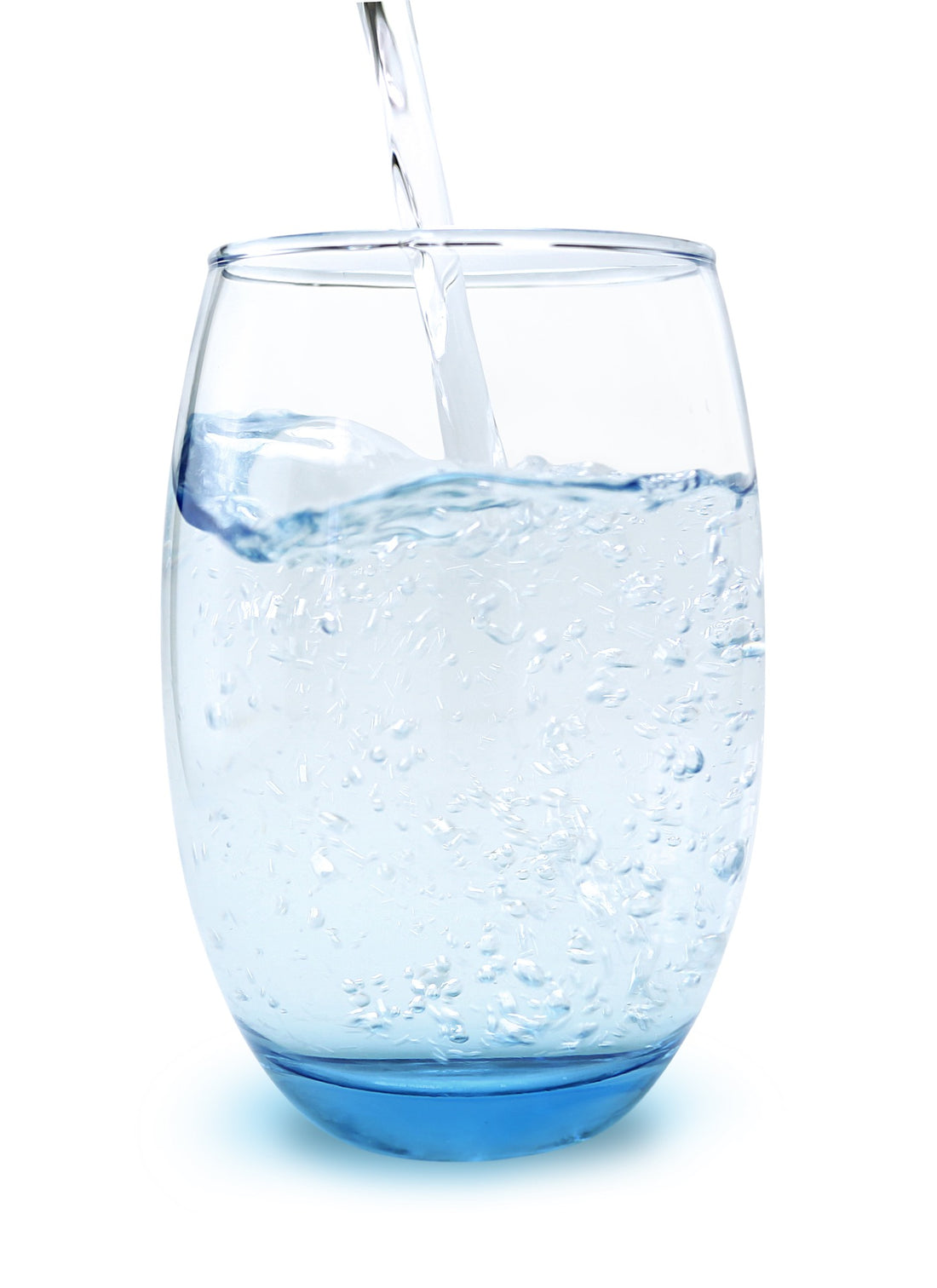Water Filters That Remove Sodium
Several water filters can remove sodium from your drinking water. If you want to know what they are and how they can help you, read this article further.
Is Sodium in Drinking Water Harmful?
You may know that sodium is a vital element for the human body. This nutrient is present in body fluids and tissues, and it is not dangerous and harmful if you consume it at normal levels. You can consume it in your drinking water or food.
However, a significant quantity of sodium can disturb human body function. Plus, people with the following conditions need to be careful if the sodium in the drinking water is more than 20 milligrams per liter.
- High blood pressure patients who need to monitor their salt consumption
- Patients with heart or cardiovascular diseases
- Individuals with kidney problems
- People on low sodium diets
If you come in any of the mentioned categories, you need to visit your doctor. Ask them whether you need amendments in your medicine to deal with the high level of sodium in your water. Or you can simply install a premium water filter to prevent this problem.
How does Sodium get in Your Water?
Sodium in your drinking water can come from several sources. Any natural occurrence, such as erosion and rainfall, can cause sodium interaction with your drinking water. This changes the pH value of your water. During the rain falls on the mountains or rocks, it leads to erosion on the surface of the rocks, releasing salt. This water combines with your drinking water through the waterways. It is important to note that almost two-thirds of drinking water comes from surface water like streams and lakes. It allows a considerable amount of salt to mix with your drinking water.
Besides that, sodium can also interacts with public water through some types of water treatments. This is why experts recommend you choose the right treatment to prevent this problem. In addition to it, some states also use the material in the making of roads that contain sodium elements. This salt can be washed off from the road and gets into the pipes, allowing the salt to mix in drinking water.
You also need to know that sodium levels in water can vary greatly in different geographical locations. It also greatly depends on the different purification processes.
How to Know Your Water Contains High Level of Sodium?
The best indicator of having high sodium levels in water is that you will get a salty taste. But it will not be salty in lower concentrations. The best way to determine the sodium is to take a lab test of your water. You can also contact your drinking water provider and ask them about the salt or sodium levels.
Keep in mind that your water should not have more than 20 milligrams per liter (mg/L) sodium for individuals on a low sodium diet. Furthermore, if you are on moderated sodium diet, then the sodium element should not be more than 270 mg/L.
Types of Water Filters for Removing Sodium
If you want to remove sodium from your drinking water, you need to install high-quality water filters. Here are the two best options that you can choose to control sodium levels.
Ion Exchange
Ion exchange filters work amazingly to remove radioactive material and hard water. As of the name, these filters come with a substance that exchanges one ion with another when water passes through it. This way, it removes sodium, calcium, magnesium, and other elements from water that are causing water hardness. Hence, you will get soft and clean water.
If your house is getting a hard water supply, it will leave stains or marks on your washed dishes. Plus, hard water is likely to accumulate in pipes, which can lower the lifespan of some of your kitchen appliances.
Although ion exchange filters offer treatment for some radioactive material and hard water, this filter doesn’t remove the organic materials, such as bacteria, particles, and other pathogens. This makes them a less favored choice if you have contaminated water.
Reverse Osmosis (RO)
These types of filters are ideal for removing the high percentages of toxins such as hexavalent, fluoride, arsenic, chromium, copper, sodium, radium, nitrites/nitrates, and more. The best part is that it can remove between 94% and 98% sodium content in your water. It is important to note that RO is one of the best options to eliminate contaminants from the water. In fact, this filtration system can also remove harmful waterborne bacteria.
This filter operates by forcing the water out through the reverse osmosis membrane by pressure. Therefore, contaminants stay on one side of the film, whereas freshwater gets to the other side. You also need to know that it is one of the few filters that can rid water-soluble contaminants like chromium 6+ and fluoride. Even if you get clean and pure water, you can still benefit from its property to completely remove sodium from the drinking water.
While this is an excellent and most common choice for homeowners, reverse osmosis water filters need an excessive amount of water. Apart from this, the process is also a bit slower than other filtration systems, which leads to slow water pressure. However, if sodium is your main concern, there is no other filter (except a whole-house reverse osmosis system) that can help you get rid of this element.
You can read about our other popular reviews on Culligan, Kinetico, Rayne Water, and waterboss.
Bottom Line
Now you know why you need to control sodium content in your drinking water. It might not be dangerous for you, but it can lead to several problems. So, it’s better to opt for water filters that can remove sodium.






